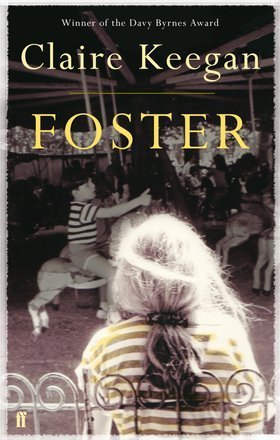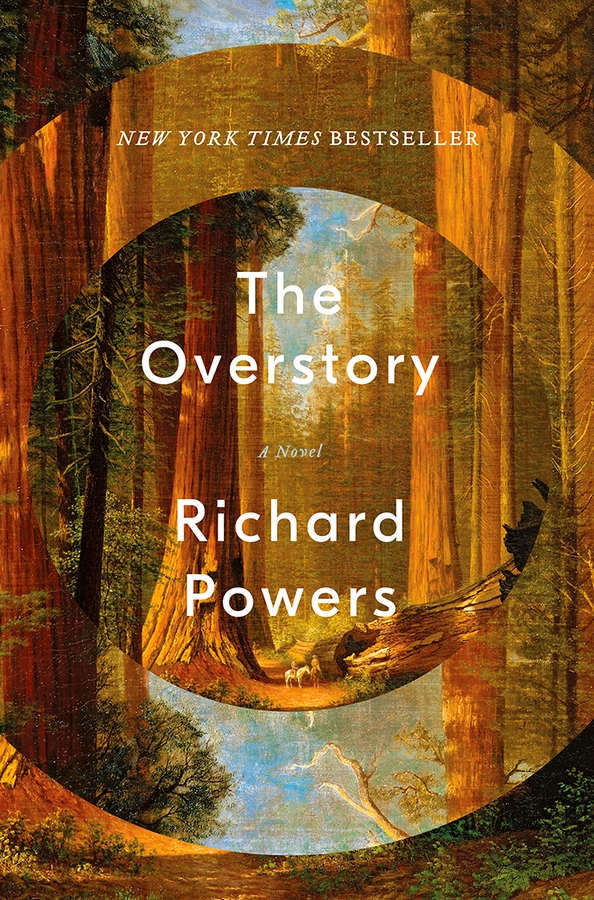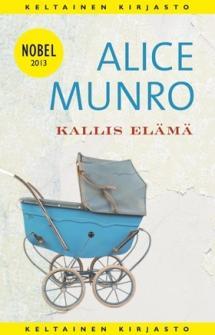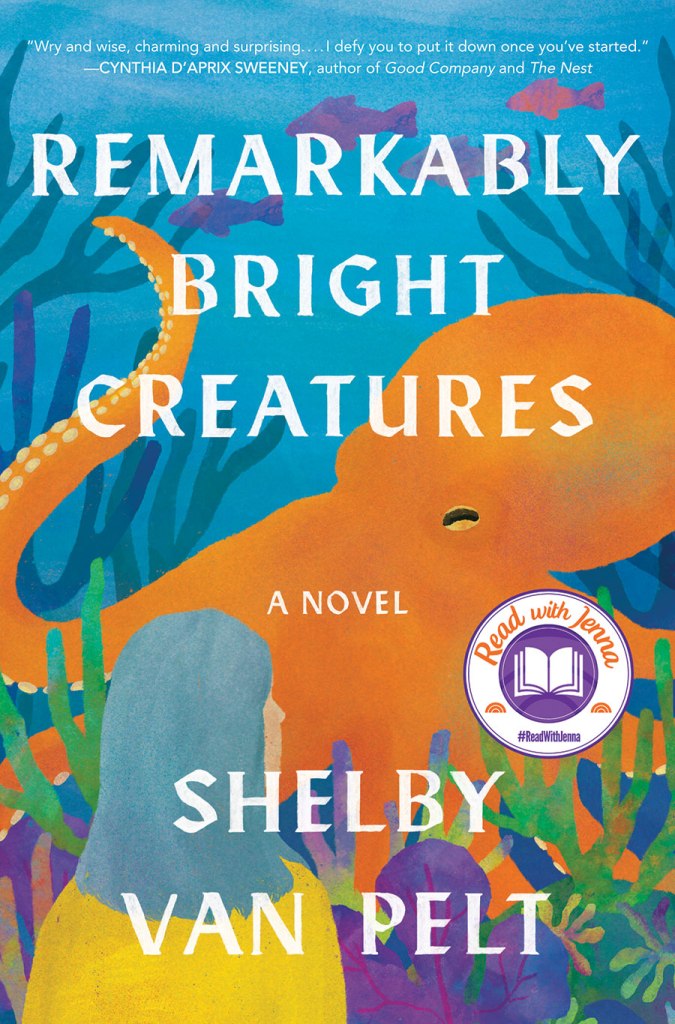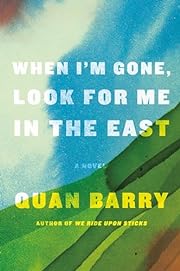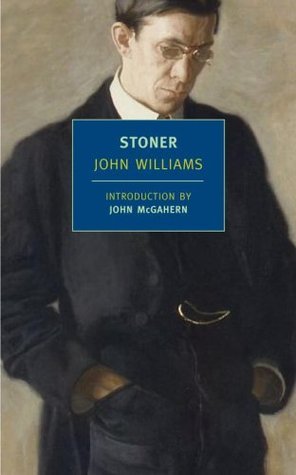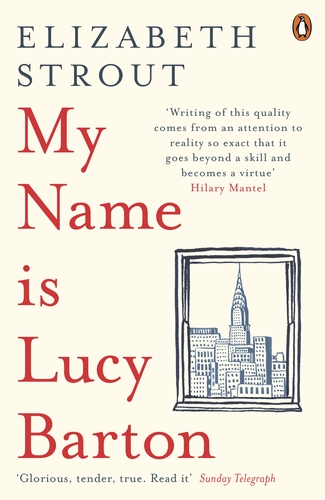What a fresh gust of wind blowing from the island of Ireland to our literal continental world!
Though, only in the form of a short story, namely under the title Foster by Claire Keegan. For the first time published in 2010, then again 2022, this book has also been made to a film, under the direction of Colm Bairéad; visually a stunning experience, as well.
Of the novella: this story has only 88 pages in total. This compact little book could stand as model piece for a perfect novella: tense, yet airy; simple, yet more complex in the places where things are left unsaid. All of this covered with the tension that is carefully constructed and which keeps the reader on guard.
Foster is a story of a quiet girl who is about to spend time in the farm house of relatives, not knowing exactly when she will return back home. It does not take a long time for a reader to understand that this might be a groundbreaking change for this girl, whose upbringing has been totally different from what she is about to experience. At first glance, the yard with weeping willows by the river, and a big house with a dark entrance hall inhabited by this couple seems to foretell something more than meets the eye. Nevertheless, the couple seems to ooze with warmth after the initial stiffness fades away. There should be no secrets in the house; shame is there where there are secrets, as the woman of the house stresses. But.. is that really true?
The events happen in one summer of the 1980´s, where Catholic Ireland stand on the background of this delicately told tale, where the emotions and feelings are held back but which are just about to erupt.
A small gem that our book club warmly recommends to read!
Review of our group: 4,6/5
–Marika
Image: Goodreads.com

